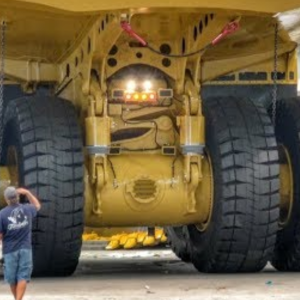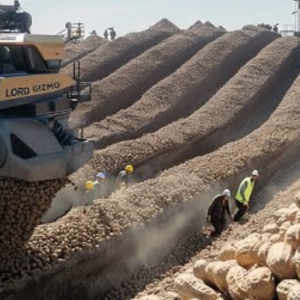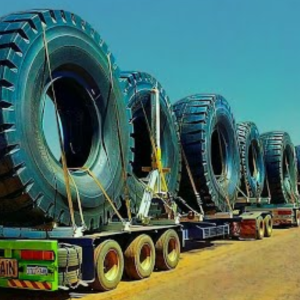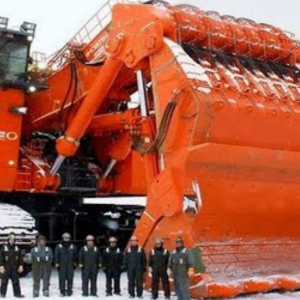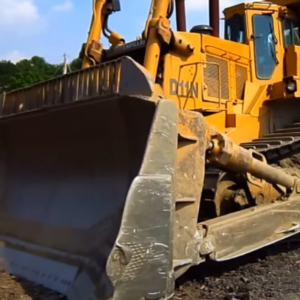Transport trucks, often the backbone of logistics and freight transportation, play a crucial role in the global supply chain. However, when these trucks are tasked with hauling enormous loads, a new set of challenges and risks emerges. In this exploration, we delve into the potential hazards associated with transport trucks carrying oversized loads, examining the implications for road safety, infrastructure, and the environment.
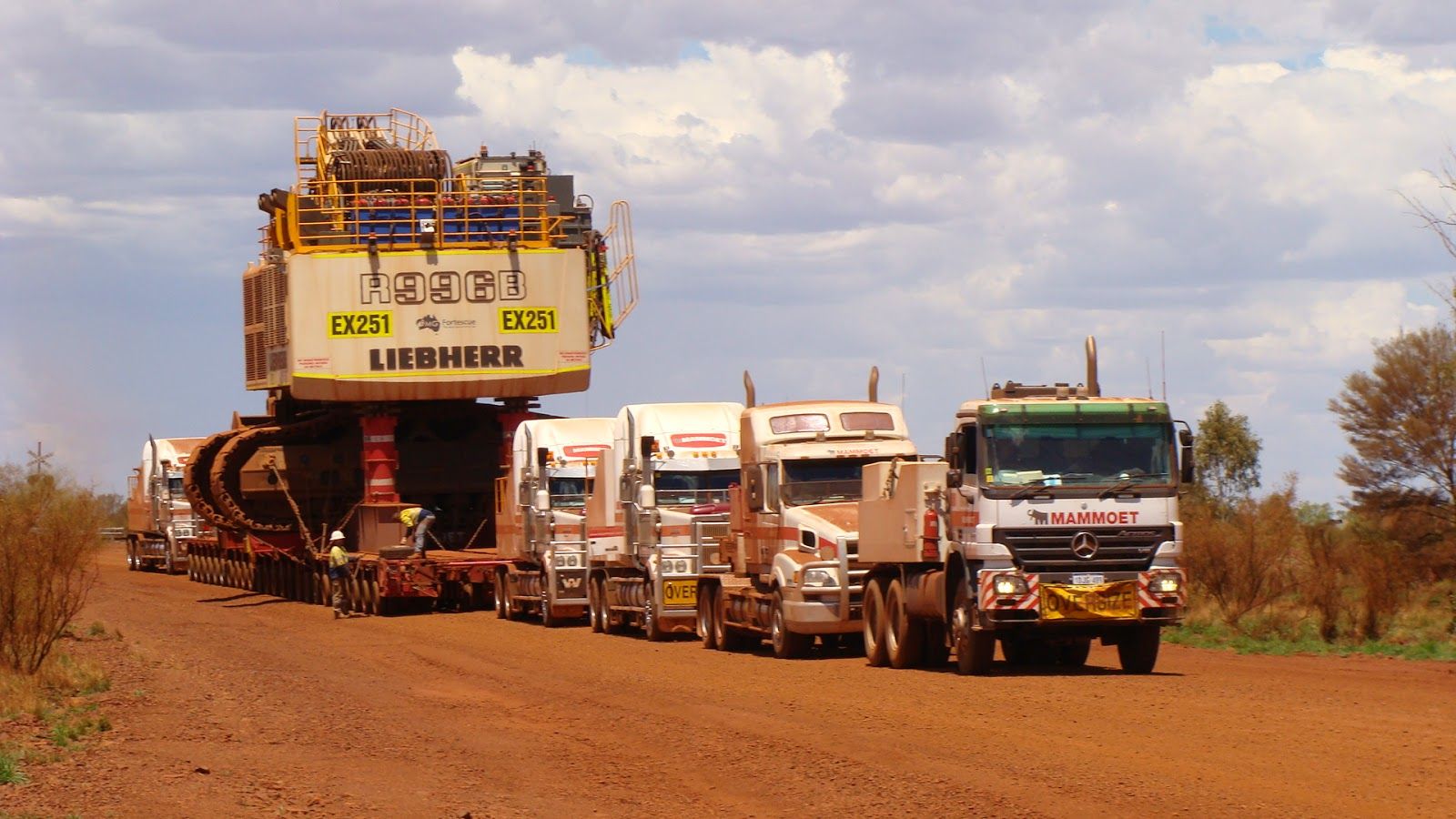
One of the primary risks associated with transport trucks carrying huge loads is the impact on road safety. The sheer size and weight of these loads can significantly affect the maneuverability and braking capabilities of the trucks. Stopping distances may be extended, and the ability to navigate turns safely can be compromised. Additionally, the increased length and width of the load may create visibility issues for both the truck driver and other motorists, increasing the likelihood of accidents, especially in congested traffic or adverse weather conditions.
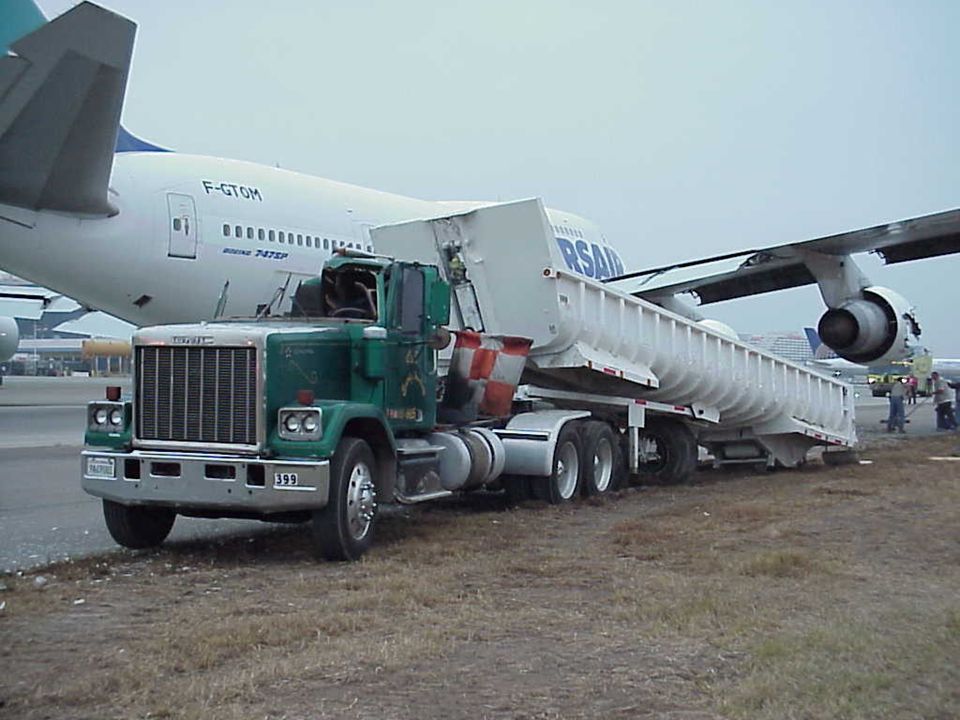
Road infrastructure is another critical factor influenced by transport trucks with massive loads. The excessive weight can accelerate wear and tear on roads and bridges, leading to structural damage and the need for more frequent maintenance. Overloaded trucks contribute to the deterioration of road surfaces, posing a financial burden on governments and local authorities responsible for maintaining transportation networks. Addressing these infrastructure challenges becomes essential to ensure the longevity and safety of roadways.
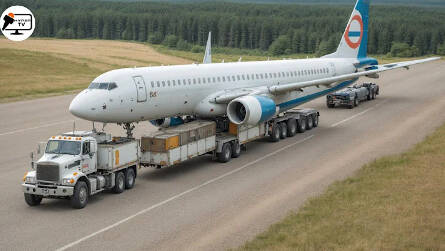
Environmental concerns also come to the forefront when examining the risks associated with oversized loads on transport trucks. The increased fuel consumption required to move such heavy loads contributes to higher carbon emissions and air pollution. This not only impacts local air quality but also contributes to the broader issue of climate change. As sustainability becomes a focal point in transportation, finding a balance between efficient freight movement and environmental responsibility becomes imperative.

Moreover, the transportation of massive loads raises challenges related to the logistics of route planning. Navigating these oversized trucks through urban areas or regions with limited infrastructure can lead to traffic disruptions and delays. Specialized routes and permits are often required, adding complexity to the planning process and potential complications for both truck operators and local communities.
Safety concerns extend beyond the immediate impact on the roads, as the transportation of huge loads may pose risks during loading and unloading processes. Improperly secured loads can lead to accidents, damaging the cargo and posing a threat to workers involved in the handling operations. Adequate training and strict safety protocols become essential to mitigate the risks associated with the loading and unloading of oversized freight.
Regulatory compliance is a key aspect of managing the risks associated with transport trucks carrying massive loads. Governments and transportation authorities implement weight limits, size restrictions, and permitting processes to regulate the movement of oversized trucks. Failure to adhere to these regulations not only poses safety risks but can also result in legal consequences, fines, and damage to the reputation of the trucking companies involved.
In conclusion, the risks associated with transport trucks carrying huge loads encompass a wide range of factors, from road safety and infrastructure concerns to environmental and logistical challenges. Striking a balance between the efficient movement of freight and the safety of road users, infrastructure, and the environment is a complex task that requires collaboration between stakeholders, innovative technologies, and stringent adherence to regulations. As the transportation industry continues to evolve, addressing these risks becomes paramount to ensure the sustainability and safety of the global supply chain.
